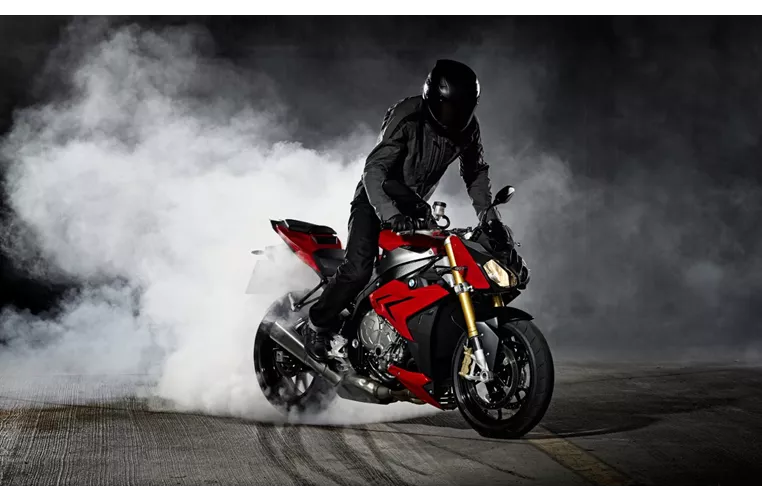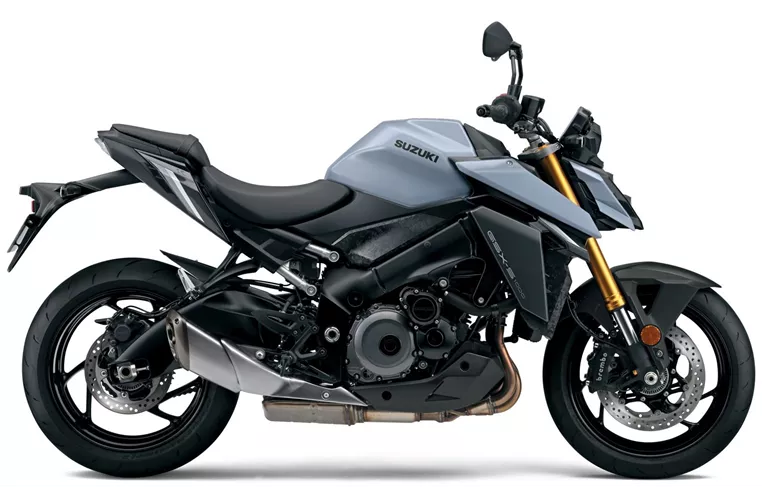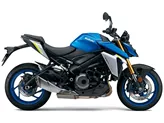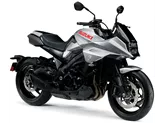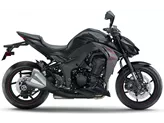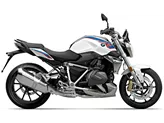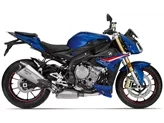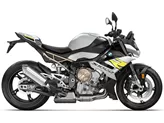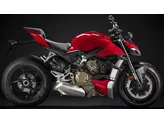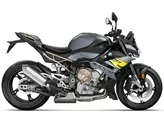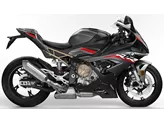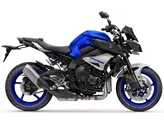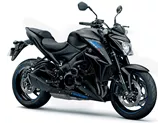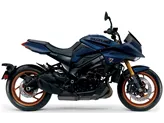BMW S 1000 R 2014 vs. Suzuki GSX-S1000 2022

BMW S 1000 R 2014
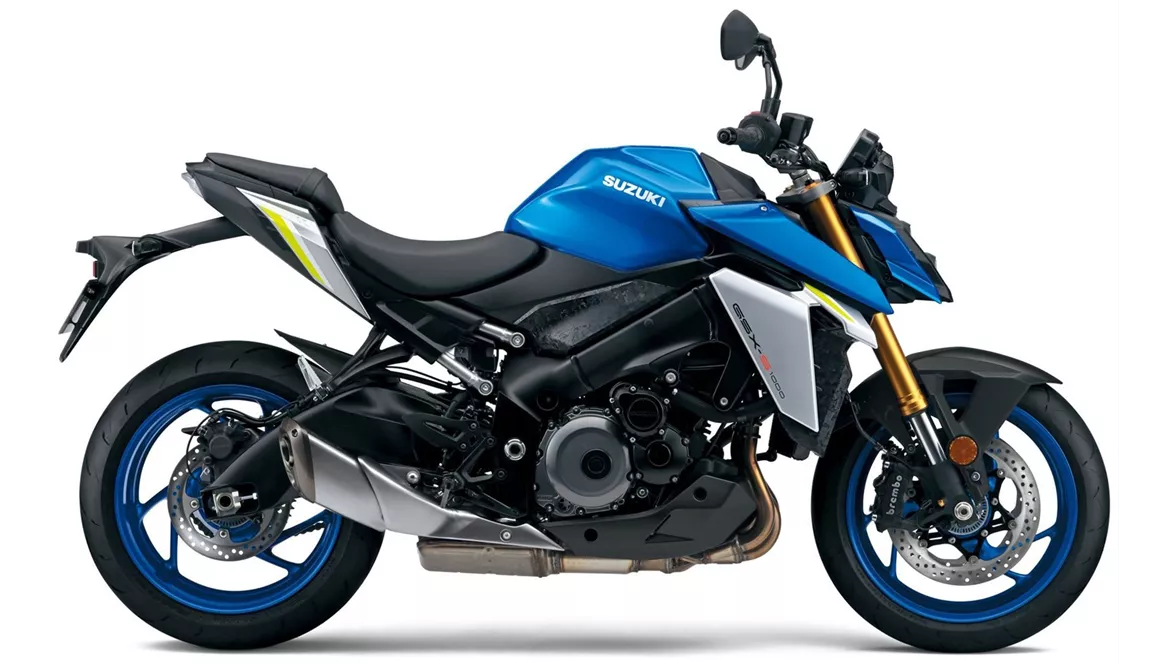
Suzuki GSX-S1000 2022
Overview - BMW S 1000 R 2014 vs Suzuki GSX-S1000 2022
When comparing the BMW S 1000 R 2014 and the Suzuki GSX-S1000 2022, it is evident that both bikes have similar technical specifications. They both have an in-line engine with 4 cylinders and a displacement of 999cc. However, there are some notable differences between the two models.
In terms of engine power, the BMW S 1000 R 2014 has a slight advantage with 160 HP compared to the Suzuki GSX-S1000 2022's 152 HP. Similarly, the BMW S 1000 R 2014 also has a higher torque of 112 Nm compared to the Suzuki GSX-S1000 2022's 106 Nm. These differences in power and torque may result in a slightly more aggressive and powerful riding experience on the BMW S 1000 R 2014.
Both bikes feature upside-down telescopic forks for the front suspension and swing arm with a monoshock for the rear suspension. This ensures a stable and comfortable ride for both models. Additionally, both bikes have an aluminum frame with a twin-tube design, providing a strong and lightweight chassis.
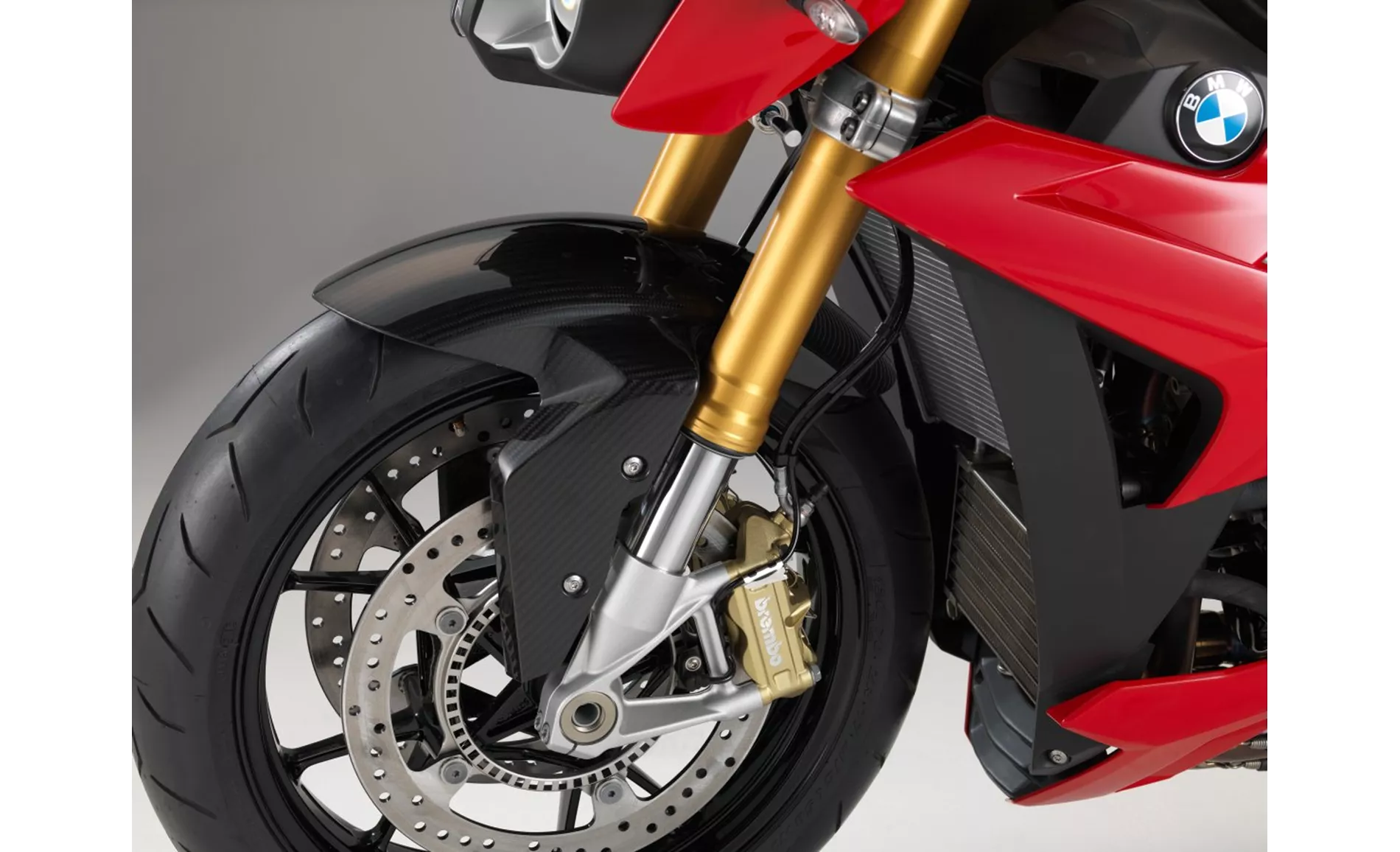
BMW S 1000 R 2014
In terms of braking, both bikes have double disk brakes with four pistons at the front. However, the Suzuki GSX-S1000 2022 has an additional technology called radial monoblock, which may provide enhanced braking performance compared to the BMW S 1000 R 2014.
When it comes to rider assistance systems, the Suzuki GSX-S1000 2022 offers a more comprehensive package. It includes ABS, riding modes, ride by wire, a shift assistant with blipper, and traction control. On the other hand, the BMW S 1000 R 2014 only offers dynamic suspension as an advanced rider assistance system.
In terms of dimensions and weights, there are slight differences between the two models. The Suzuki GSX-S1000 2022 has a slightly longer wheelbase of 1460 mm compared to the BMW S 1000 R 2014's 1439 mm. The seat height of the Suzuki GSX-S1000 2022 is also slightly lower at 810 mm compared to the BMW S 1000 R 2014's 814 mm. Additionally, the Suzuki GSX-S1000 2022 has a larger fuel tank capacity of 19 liters compared to the BMW S 1000 R 2014's 17.5 liters. However, the Suzuki GSX-S1000 2022 is slightly heavier with a kerb weight of 214 kg compared to the BMW S 1000 R 2014's 207 kg.
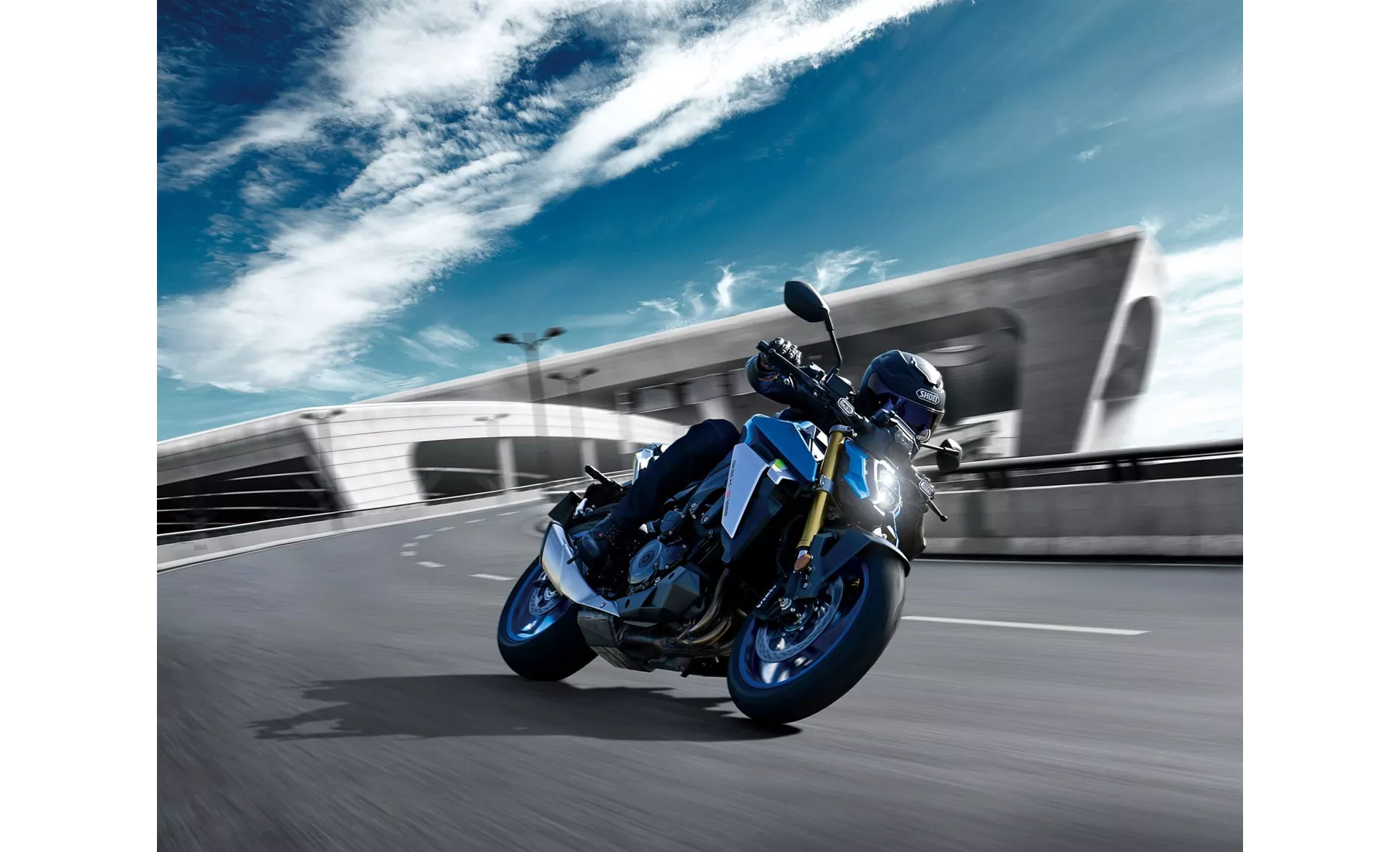
Suzuki GSX-S1000 2022
In terms of strengths, the BMW S 1000 R 2014 offers a sporty chassis, extreme power and performance, and very good electronic helpers. It also provides a terrific price/performance ratio and is fast and comfortable on both racetracks and country roads. On the other hand, the Suzuki GSX-S1000 2022 boasts a superior engine, excellent shift assistant with a blipper, balanced handling, a bold design, a comfortable seating position, and a very good price.
However, both models have their weaknesses. The BMW S 1000 R 2014 has a slightly rough engine running and its dynamic suspension control (DDC) can be on the "hard" side. The seat is relatively high, which may not suit all riders, and the design is subjective and may not appeal to everyone. On the other hand, the Suzuki GSX-S1000 2022 has a less comprehensive electronics package, lacking a 6-axis IMU and cornering ABS. The instruments on the handlebars are somewhat antiquated, and the display may not be particularly easy to read.
In conclusion, while both the BMW S 1000 R 2014 and the Suzuki GSX-S1000 2022 have their strengths and weaknesses, they offer a similar riding experience with their powerful engines, comfortable suspensions, and strong chassis. The choice between the two models ultimately comes down to personal preference and priorities, whether it be power, price, or specific features.
Technical Specifications BMW S 1000 R 2014 compared to Suzuki GSX-S1000 2022
Pros and Cons in comparison
Pros and Cons in comparison
BMW S 1000 R 2014
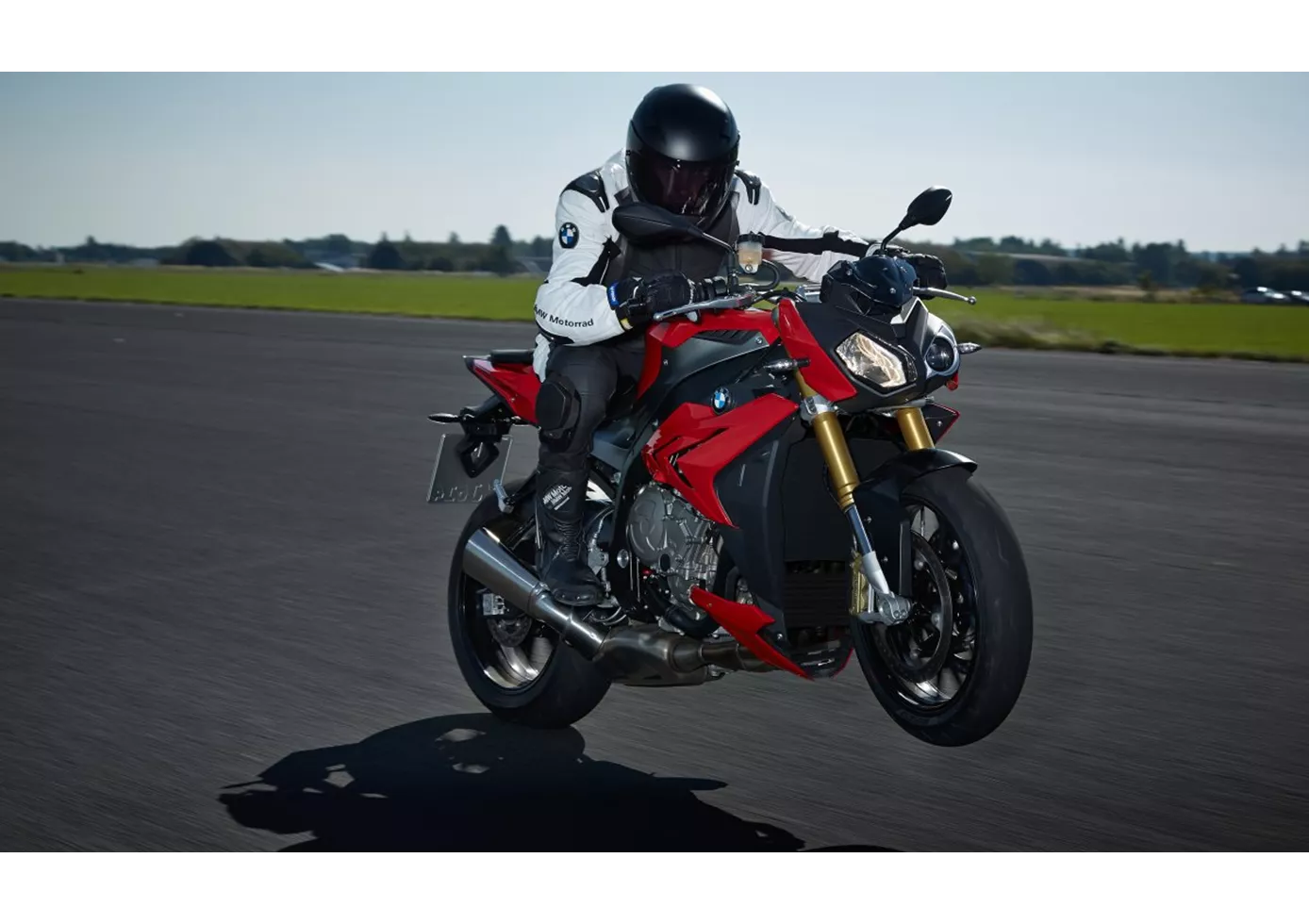
Brutal power, smooth, almost perfect, electronics, it only gets better with the HP4. Now BMW dominates the 1000cc naked bike class after the superbikes.
Suzuki GSX-S1000 2022

The new GSX-S1000 is an old acquaintance in terms of basic design - the engine and chassis are still from the predecessor. However, the machine has been modernised in many areas and presents itself at an extremely high level, especially visually. Although the engine cannot compete in the league of the super-potent Hyper Nakeds, it functions very harmoniously and powerfully enough. The conventional chassis also strikes a successful compromise between sportiness and comfort. The hammer arguments are definitely the successful design, the standard quickshifter with blipper and, last but not least, the comparatively low price.
Price Comparison Avarage Market Price BMW S 1000 R vs Suzuki GSX-S1000
There are a few key differences between a BMW S 1000 R 2014 and a Suzuki GSX-S1000 2022. In terms of price, the actual average price of a Suzuki GSX-S1000 2022 is about 28% higher. A BMW S 1000 R 2014 experiences a loss of 590 USD in one year of ownership. This is offset by a loss of 1,510 USD for a Suzuki GSX-S1000 2022. Compared to Suzuki GSX-S1000 2022 there are less BMW S 1000 R 2014 bikes available on the 1000PS.de Marketplace, specifically 19 compared to 28. It takes less time to sell a BMW S 1000 R with 70 days compared to 130 days for a Suzuki GSX-S1000. Since model year 2014 1000PS.de editors have written 62 reviews for the BMW S 1000 R and 36 reviews for the Suzuki GSX-S1000 since model year 2015. The first review for the BMW S 1000 R was published on 11/3/2013 and now has more than 17,300 views. This compares to more than 17,100 views for the first review on Suzuki GSX-S1000 published on 9/27/2014.
